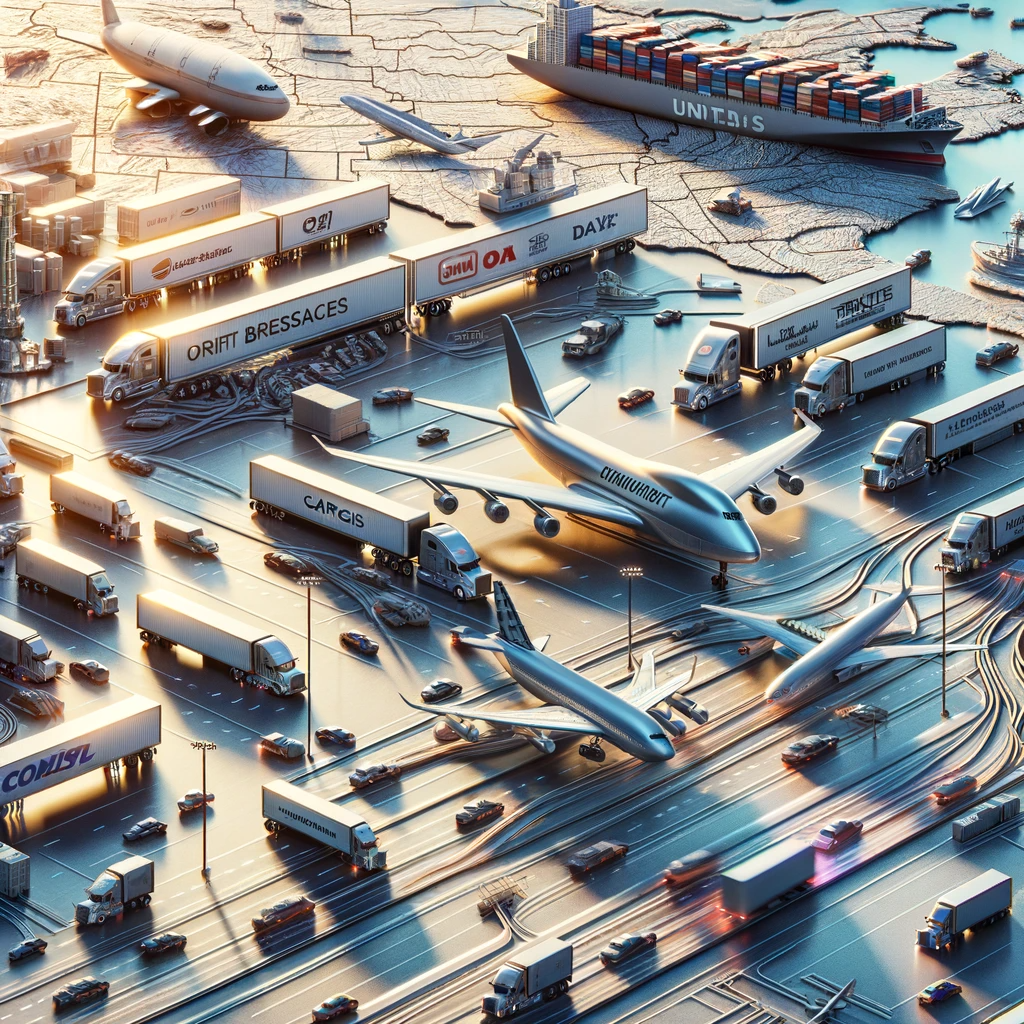In the complex world of logistics and transportation, drayage operations play a pivotal role in ensuring the seamless movement of goods. Drayage is a critical link in the supply chain, facilitating the efficient transfer of cargo between various modes of transportation and distribution centers. In this blog post, we will delve into the world of drayage operations, shedding light on its significance and how it shapes the trucking industry.
What Is Drayage?
At its core, drayage refers to the short-distance movement of goods within a localized area. It typically involves the transportation of containers or cargo between ports, rail yards, warehouses, and other facilities. Drayage operations are essential for connecting larger transportation networks and overcoming the challenges posed by the last mile of delivery.
Key Components of Drayage Operations:
1- Intermodal Transportation: Drayage often involves the intermodal movement of cargo, meaning it utilizes different modes of transportation such as ships, trains, and trucks. This versatility allows for a seamless flow of goods from one mode to another.
2- Containerized Cargo: Drayage operations frequently focus on containerized cargo, which is standardized and easily transferable between different transportation modes. Standardized containers simplify the handling and loading processes.
3- Efficiency and Speed: Drayage operations are characterized by their speed and efficiency. They are designed to minimize dwell times at ports or terminals, ensuring that cargo moves swiftly to its next destination.
The Role of Drayage in the Trucking Industry:
1- First and Last Mile Connectivity: Drayage serves as the crucial link between larger transportation networks and local distribution points. It ensures that cargo is transported to and from ports, railheads, and warehouses, facilitating end-to-end connectivity.
2- Port Operations: Ports are bustling hubs of international trade. Drayage operators play a vital role in the movement of containers to and from ships, ensuring that cargo is efficiently loaded and unloaded.
3- Efficient Utilization of Equipment: Drayage operations often involve the use of specialized equipment such as chassis and container-handling equipment. These assets are optimized for quick and secure cargo transfer.
Challenges and Solutions:
1- Congestion: Ports and terminals can experience congestion, leading to delays. Drayage operators must employ efficient scheduling, route optimization, and real-time tracking to mitigate congestion-related issues.
2- Regulatory Compliance: Drayage operations must adhere to various regulations, including environmental standards and safety protocols. Staying compliant requires ongoing training and adherence to industry best practices.
3- Infrastructure Development: Investment in infrastructure improvements, such as expanding container yards and modernizing equipment, is essential to support the growth of drayage operations.
Environmental Considerations:
Efforts are underway to make drayage operations more environmentally friendly. Electric and hybrid trucks are being introduced to reduce emissions, and drayage operators are exploring cleaner energy sources to power their fleets.
Conclusion:
Drayage operations are the unsung heroes of the trucking industry, ensuring that cargo flows smoothly between different transportation modes and distribution points. As global trade continues to grow, the importance of efficient and well-organized drayage operations becomes increasingly evident. By addressing challenges, embracing technology, and prioritizing environmental sustainability, drayage operators are poised to play an even more significant role in shaping the future of logistics and transportation.







